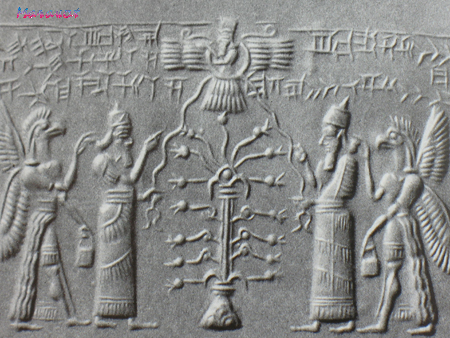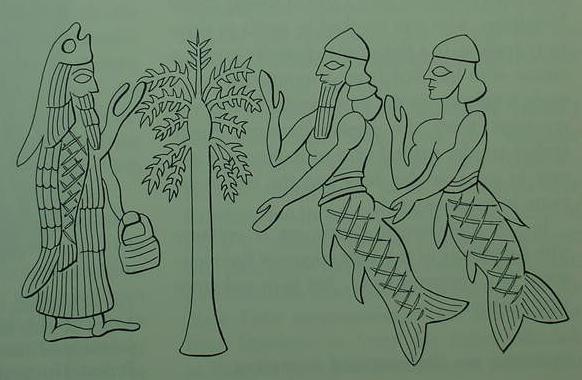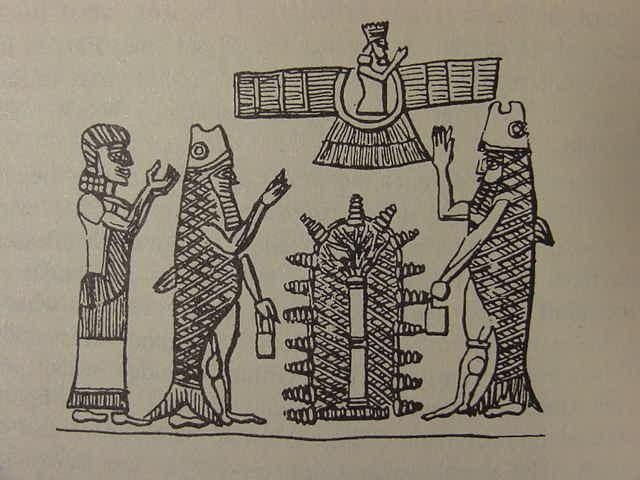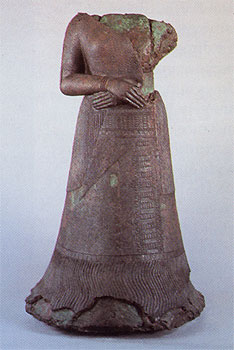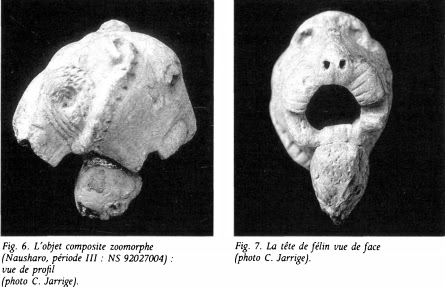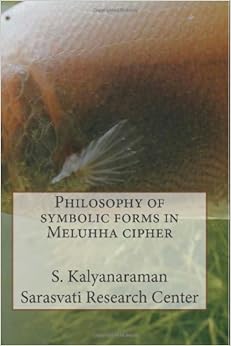April 17, 2014 10:30 p.m. ET
KOLAYAT, India—A taciturn man in a black SUV started buying up tracts of arid agricultural land around this small town in the western Indian state of Rajasthan in 2009.
He would sit in the parking lot outside the one-story concrete building that houses the land office and dole out cash for sellers from the back seat, according to real-estate brokers and a local government land official.
The buyer represented by the man in the SUV, according to state land records, was Robert Vadra, a member of India's powerful Nehru-Gandhi political clan, whose Congress party leads the country today and has for much of its more-than-66-year post-colonial history.
Soon after he began buying, the federal government announced plans to promote large-scale solar-energy production, a land-intensive project for which the area was well-suited. He continued buying land, and in 2011 the state, too, announced solar incentives. The value of the land Mr. Vadra bought soared sixfold within three years, a state record of land transactions shows.
State officials say they are investigating whether there were any legal violations, such as exceeding land-purchase limits, in the investments by Mr. Vadra, who is the son-in-law of Congress party President Sonia Gandhi and brother-in-law of Rahul Gandhi, the leader of Congress's campaign in elections now under way.
A spokesman for Mr. Vadra said he is a private citizen who has been subjected to a campaign to malign him for political reasons. "He has acquired and disposed of real estate in exercise of his rights and has obtained no favor or benefit from anyone," the spokesman said. "He has complied with all applicable provisions of law and has nothing further to say."
As Indians go to the polls in a weekslong parliamentary election, a powerful force is resentment by many over the ease with which politicians of most parties, bureaucrats and people close to them have prospered while the country struggles to meet the basic needs of the masses. A growing belief that the economic playing field is tilted too far in favor of those with political connections is helping drive a voter revolt against the ruling Congress party and fueling a surge in support for its main rival, the Hindu nationalist Bharatiya Janata Party, or BJP.
A Pew Research survey found that 83% of Indians consider corruption a "very big" problem. The subject of corruption is repeatedly discussed on television talk shows and in political speeches. India has endured a stream of abuse-of-power scandals during Congress's 10 years in office, on matters ranging from jobs at the state railway to coal-mining licenses, helicopter purchasing and cellphone bandwidth.
"Never in my lifetime have I seen the kind of cynicism that the current government in Delhi has generated among the middle classes," said Jyotirmaya Sharma, a University of Hyderabad political scientist. "It's phenomenal."
Congress party leaders have acknowledged the voter outcry and said they are doing their best to combat the problem.
As India has urbanized, real-estate investing has become a route to quick wealth for some. People with connections or inside knowledge can position themselves to profit as property changes hands, including by helping speed approvals through a bureaucracy notoriously arbitrary and slow to act.
"A section of India has become prosperous, unimaginably rich," said Sudheendra Kulkarni, a onetime adviser to former Prime Minister Atal Bihari Vajpayee of the BJP who runs a think tank and is critical of politicians across the spectrum.
It is hard to know how much property people really own. The wealthy and politically connected in India sometimes hold large amounts in the names of others—from servants to shell companies—to avoid tax officials and corruption investigators, said R.H. Tahiliani, former chairman of the India chapter of Transparency International, the global anticorruption group.
No legal authority has accused Mr. Vadra of any wrongdoing. An investigative committee appointed by the state of Haryana's Congress-led government reviewed one transaction questioned by a land official in 2012 and cleared Mr. Vadra. The Congress party said that Mr. Vadra is a private citizen engaged in business and hasn't done anything wrong.
India Against Corruption, an activist group, has criticized some of Mr. Vadra's deals and accused him of enriching himself through transactions with a property developer. The group has called for a new probe of his business that it says would be more politically independent than the one begun in 2012.
The Wall Street Journal found that during the decade Mr. Vadra's in-laws have held sway in New Delhi, the 44-year-old with a high-school education and no experience in property development amassed a large real-estate portfolio. Based on a review of company filings, land records and interviews with property experts, the Journal calculated that through 2012, Mr. Vadra sold more than $12 million of property, and as of then he still held real estate valued at about $42 million. It isn't clear whether Mr. Vadra's companies have sold any more real estate since then because company filings for the past two years aren't available on government websites.
Mr. Vadra married into India's political nobility in 1997 when he wed Priyanka Gandhi, a daughter of Sonia Gandhi and the late Rajiv Gandhi, prime minister from 1984 to 1989. Priyanka Gandhi's great-grandfather was independence leader Jawaharlal Nehru, India's first prime minister. Her grandmother, Indira Gandhi, served as prime minister for 15 years in two stints.
When Congress, with Sonia Gandhi at the helm, retook power from the BJP in 2004, Mr. Vadra was running a small business exporting inexpensive costume jewelry. In late 2007 he went into the real-estate business, forming a firm called Sky Light Hospitality Private Ltd. with less than $2,000, according to company filings at the Registrar of Companies of the Ministry of Corporate Affairs in New Delhi.
Early in 2008, Sky Light bought 3.5 acres of undeveloped land near a highway intersection in the New Delhi suburb of Gurgaon for $1.3 million, according to a sales document. Two months later, Mr. Vadra applied to the Congress-controlled state government for a license to convert the land to commercial use from agricultural. Preliminary permission was granted 18 days later, according to the license application and state approval. With that, the land became far more valuable.
Over the next four years, developer
DLF Ltd.
532868.BY +1.01% poured millions of dollars into Mr. Vadra's company, reported on its balance sheet as "advances." Then in 2012, DLF said it bought the Gurgaon property from Mr. Vadra's company for a total of $9.7 million, most of which it had advanced in the preceding years. It was more than seven times his reported purchase price.
A senior official at the Haryana state land office, Ashok Khemka, looked into the deal and concluded Mr. Vadra's company "did not own the resources to pay" for the land when purchasing it in 2008. Suspecting irregularities, he moved to cancel the deal.
The state's chief minister, a Congress party politician, ordered Mr. Khemka transferred to a position in a state-run agricultural company. The chief minister and his staff didn't respond to requests for comment. Mr. Khemka, a whistleblower in a number of past allegations of corruption, said he has been transferred numerous times in his 22-year civil-service career to foil his gadfly efforts.
According to government filings, Sky Light Hospitality said it paid for the land in 2008 with a loan from state-owned
Corporation Bank.
532179.BY +1.43% In 2012, the bank's then-chairman was quoted by the Times of India as saying there "was no such transaction with us as per our records so far." That official has left the bank and couldn't be reached; the new bank chairman declined to comment.
In a report to the state last year, Mr. Khemka wrote that the 2008 sale of the land to Mr. Vadra's company "was a completely sham transaction." The state-appointed investigative committee looked at the deal and concluded Mr. Vadra did nothing wrong. Congress's political opponents expressed skepticism about the result on the grounds that committee members were state employees subject to transfer or discipline.
Mr. Vadra's Sky Light Hospitality did other deals in New Delhi and the nearby states of Haryana and Rajasthan. In 2008-09, it paid $5.3 million for a 50% interest in a hotel being built by DLF in New Delhi, a hotel valued at $33 million in 2012, according to a DLF calculation that year.
Another company controlled by Mr. Vadra, Sky Light Realty, acquired a penthouse apartment—estimated by brokers to now be worth $5 million—in a complex DLF built in Gurgaon called the Aralias.
That same Vadra company reported in its government filings for fiscal 2009 and 2010 that it bought seven apartments in a luxury complex built by DLF for $870,000.
They were worth close to $6 million at the time, real-estate brokers said. India Against Corruption, a grass-roots movement that has spawned an anticorruption political party called the Aam Admi Party, alleged that the transactions amounted to a ploy for DLF to give the Gandhi family property and money to curry favor. Congress party officials have repeatedly denied the allegation. Rahul Gandhi didn't respond to requests for comment, and a person in his office said he was too busy campaigning to respond.
DLF said Mr. Vadra's group actually paid much more than $870,000—it said the actual price was about $166 a square foot, which would add up to about $7 million. Today, the seven apartments are worth more than $16 million, real-estate brokers said.
Asked for comment, DLF cited a response it made to the anticorruption group, which said in part: "The business relationship of DLF with Mr. Robert Vadra or his companies has been in his capacity as an individual entrepreneur, on a completely transparent and at an arm's length basis. Our business relationship has been conducted to the highest standards of ethics and transparency."
Mr. Vadra's land purchases in Rajasthan state—some of which brokers say were done through the man in the black SUV—began in 2009, at a time when Congress controlled the state's government. Both the state and India's federal governments had just begun discussing policies to promote solar energy, which requires large tracts of land for solar-panel arrays, a senior official involved in developing the Rajasthan policy said.
From 2009 to 2012, Mr. Vadra's companies bought about 2,000 acres in Rajasthan for about $1 million, according to a Journal review of land-office records compiled by the Kolayat land office in Rajasthan state. Much of this property was in the state's northwestern corridor, long regarded by energy experts as a good place for solar-power arrays because of its ample sunshine and relatively cheap land.
In one purchase registered in the land-office books, Mr. Vadra bought 94 acres for $70,000 in January of 2010.
A week later, the federal government unveiled plans to offer extensive tax incentives for solar-power investment. The state followed with more incentives the next year.
"Once our area became a solar-power center, we discovered Mr. Vadra had bought up all of our land cheaply from the farmers," said Arjun Ram Meghwal, a member of parliament from the rival BJP.
As solar firms moved in, the land's value jumped. A property sale by Mr. Vadra's Sky Light Hospitality in January 2012 included most of the 94-acre plot bought in 2010. The sale priced it at 10 times the per-acre purchase price, the Kolayat land office summary of his transactions shows.
In all, Mr. Vadra has sold more than 700 Rajasthan acres, about a third of his holdings in the state, for $2.7 million, according to the summary. That is nearly three times his purchase price for his entire Rajasthan holding, of which his firms still own about 1,200 acres. Their value is more than $4 million, according to a local land official and local brokers.
Land records show Mr. Vadra was represented locally by Mahesh Nagar, who has also represented the Congress party's Mr. Gandhi on at least one occasion.
Mr. Nagar, who is the brother of a Congress party politician, said he didn't personally know either Mr. Vadra or Mr. Gandhi. Interviewed in his office decorated with pictures of Mr. Gandhi, Sonia Gandhi and Priyanka Gandhi Vadra, Mr. Nagar said he had been approached by a "facilitator" who gave him authority letters to get lands registered for Messrs. Vadra and Gandhi.
It was Mr. Nagar, said real-estate brokers and a local land official, who handed out money for land sellers from inside a black SUV when Mr. Vadra began acquiring property in Rajasthan. Brokers took turns entering the vehicle, receiving payment for property sellers from Mr. Nagar, and signing documents that local land officials registered within hours, brokers and the land official said.
Mr. Nagar agreed he handled land purchases and sales for Mr. Vadra for several years but said he didn't recall using a black SUV, doing deals in cash or getting documents registered faster than the general public.
Locals say they will never forget those exciting times. "How much land he bought, you can't imagine," said Lalit Ramavat, a local land dealer. "We didn't imagine in our dreams that our land would become so valuable." Mr. Ramavat said he considers Mr. Vadra's interest in his area's land a boon for "farmers who were very poor and needed money."
Word of Mr. Vadra's land deals in Rajasthan has been circulating in the local media for about two years. After the opposition BJP won control of the state government from Congress in December, it ordered an investigation to determine how much land Mr. Vadra had bought and whether he had violated any local land laws, such as a limit on how much land one person or entity can own.
The new BJP administration directed the land office in Kolayat to pull together records of all transactions in the area involving Mr. Vadra. State officials are reviewing them, said a member of the chief minister's cabinet.
Addressing his representation of Mr. Vadra in land deals, Mr. Nagar said, "Who is not dealing in property and land buying?"
He added: "People are targeting Vadra only because he is the son-in-law of Congress chief Sonia Gandhi."
—Saptarishi Dutta contributed to this article.



 Subramanian Swamy
Subramanian Swamy 

























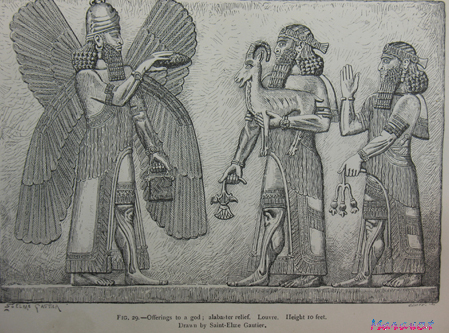

















 Blessing genius Bone
Blessing genius Bone